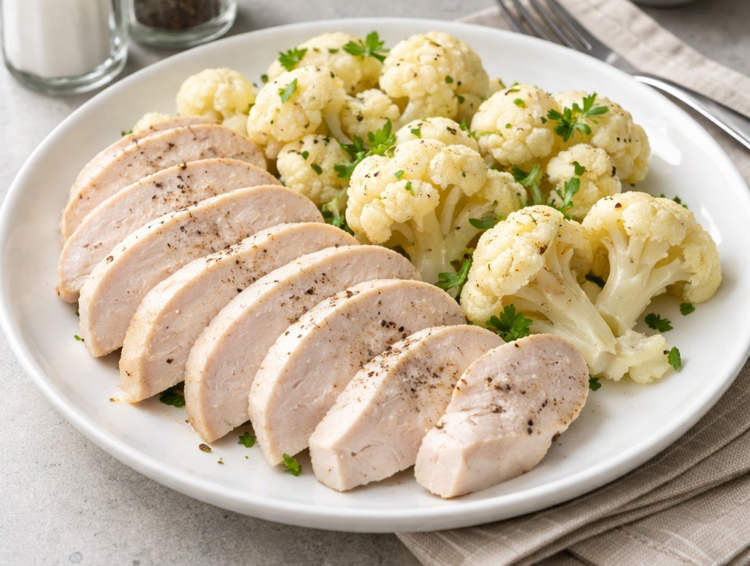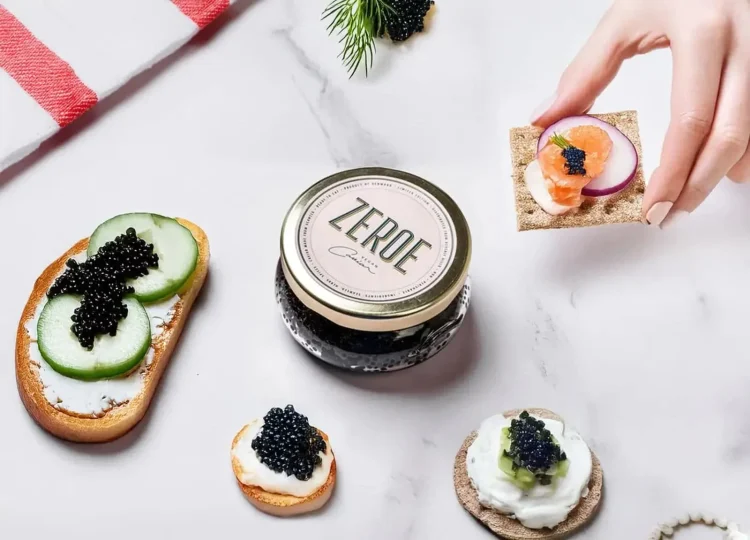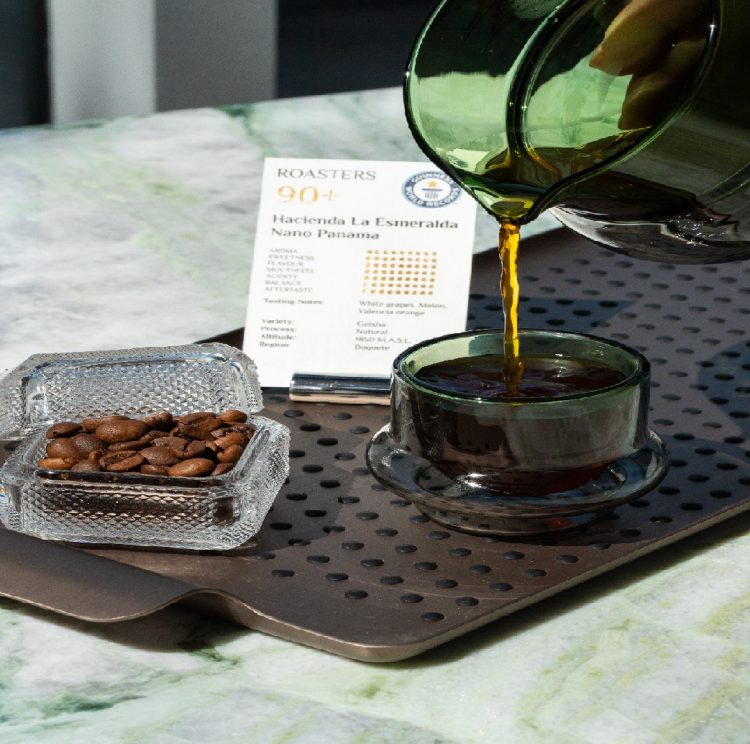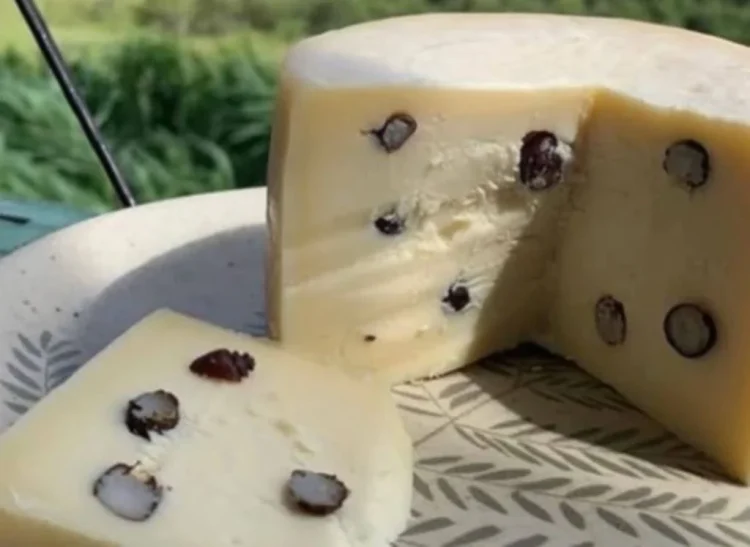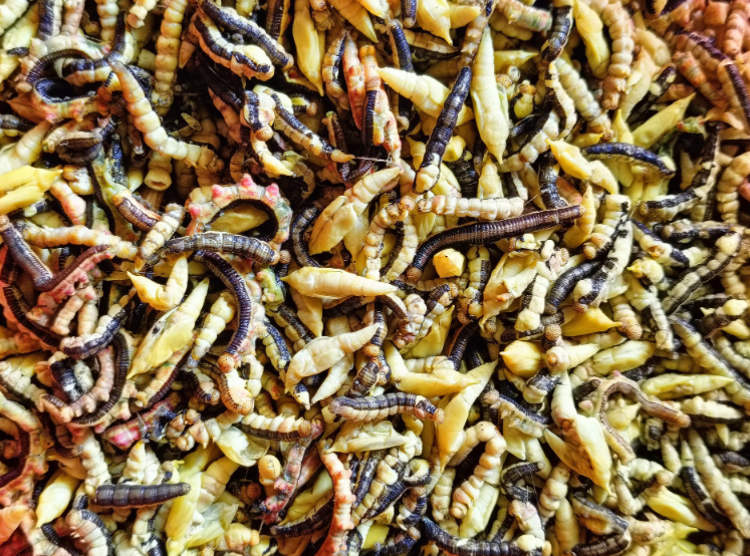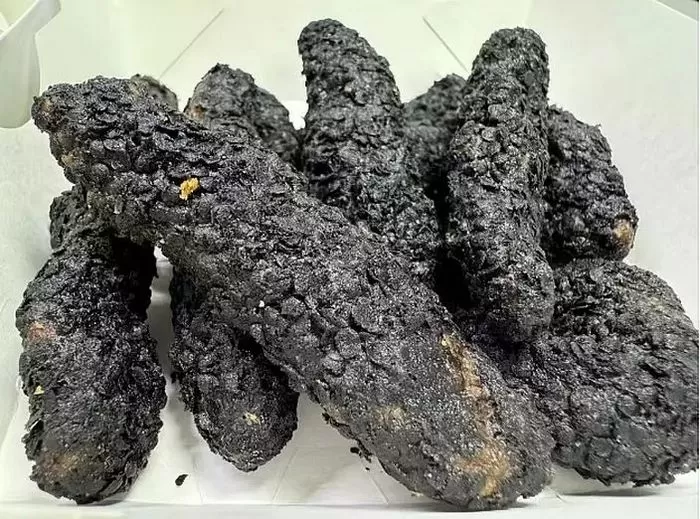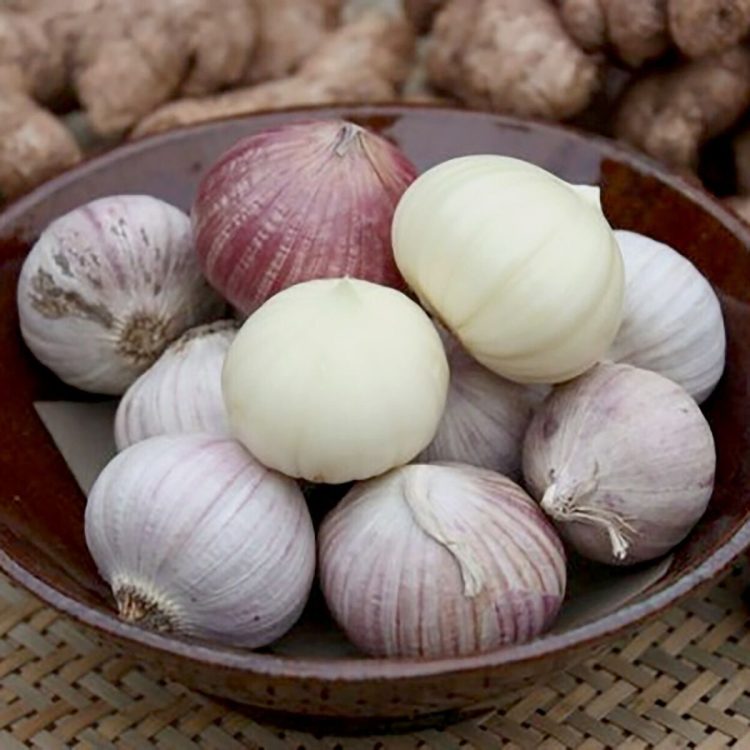It amazes me how some people will eat anything. Especially if that anything happens to be disgusting-looking. If you are like me and can’t even eat eggs that are a wee bit undercooked, I must warn you to read this article with caution. What’s coming next is not pretty. We bring you the three most revolting egg dishes in the world.
Century Eggs
These preserved eggs aren’t exactly a century old, but judging by how they look I wouldn’t be surprised if they were. The slimy, grayish yolks and the herbal tea colored ‘egg-white’ makes these snacks quite nauseating to even look at. And yet, the Century Eggs, also known as Preserved Egg or Thousand-Year Egg, is considered a delicacy in China. They are prepared by taking fresh duck, chicken or quail eggs and preserving them for several weeks in a mixture of clay, ash, salt, lime and rice. The 600-year-old process is said to have been invented when someone came across a few old eggs in a pool of slaked lime. Instead of just tossing them out, they actually tasted the eggs and then made modifications to the recipe. And that’s how modern-day century eggs were born.

Photo: Fotoos VanRobin
Century Eggs are either cooked or eaten raw as a part of Chinese cuisine.

Photo: Hippolyte
Virgin Eggs
You might just like Virgin Eggs, if you are enthusiastic about the idea of consuming urine. Because Virgin Eggs are actually soaked in the urine of young boys from the Zhejiang Province of China. They are considered a spring delicacy in that region.

In preparation of these special eggs, young boys are encouraged to ‘donate’ their urine, which is collected by vendors from elementary schools in various cities. So throughout the virgin egg season, boys are encouraged to pee in plastic buckets placed outside the classroom rather than in the toilet. Thankfully, they’re exempted if sick. Eggs are then boiled in all the collected urine, with shells cracked so that the flavor can seep through. It takes about a day for the eggs to be ready. The Chinese love virgin eggs because they have ‘the taste of spring’.

Balut
Balut is probably the most repulsive of the three dishes, going by its looks. It’s slimy, yellow, grey, and something you wouldn’t put in your mouth unless you were really the adventurous kind. A balut isn’t even an egg really, it’s the fertilized embryo of a duck. You can actually see the underdeveloped chick if you look closely. Sends shivers down my spine just seeing that think all curled up in the eggshell…

Photo: Nepenthes
However, the people of Laos, Cambodia and Vietnam have no such adverse reactions to Balut. They enjoy the dish and even consider it to be an aphrodisiac, a hearty snack, rich in proteins. Balut is a part of street food, served with cold beer. Different methods of seasoning include – salt, chili, garlic and vinegar in the Philippines, a pinch of salt, lemon juice, ground pepper and mint leaves in Vietnam, and a garnish of lime juice and ground pepper in Cambodia.

Photo: Marshall Astor
To prepare Balut, fertilized duck eggs are kept in the warm sun in baskets, to retain the warmth. After around 9 days, the eggs are held to a light to check on the embryo inside. After another 8 days, the balut is ready to be cooked and sold. Again, preference over the age of the egg varies from region to region. While the Filipinos like their balut 17 days old, whereas the Vietnamese like them 21 days old with the chick actually looking like a baby duck.
I’m not sure if I should be happy or sad about the fact that I will never be able to taste these dishes in my lifetime…


